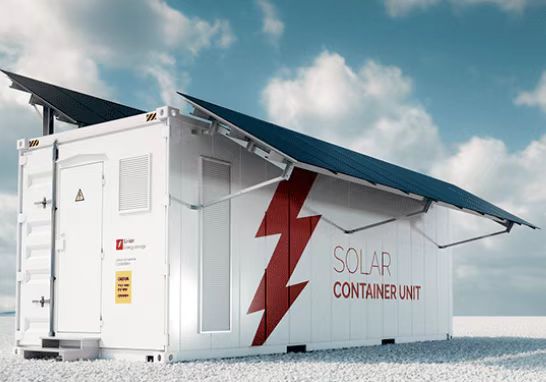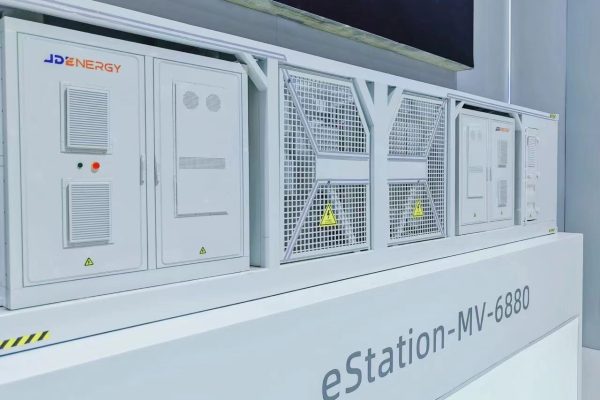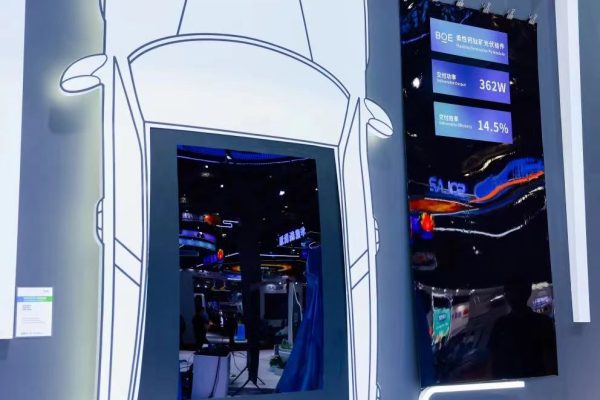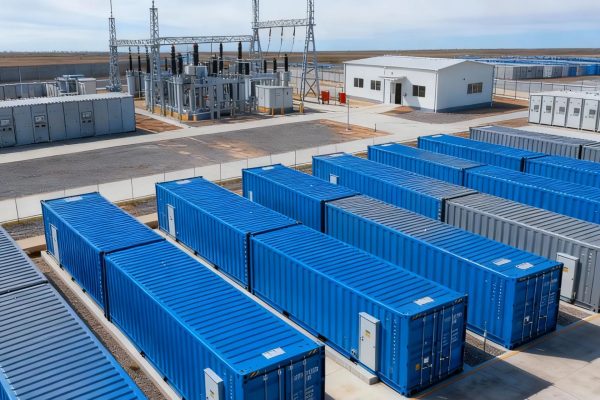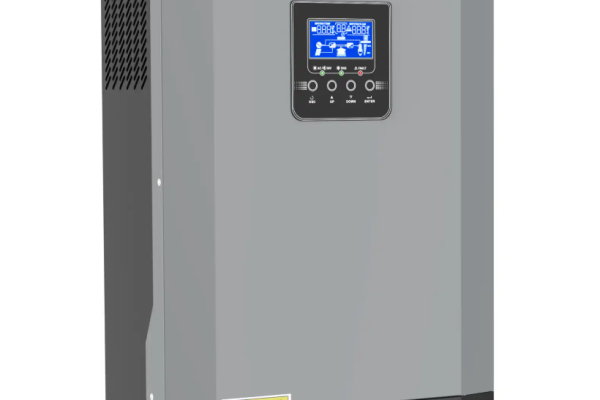In the PV + storage industry, system diagrams are a standard requirement. Whether you are preparing a proposal for a commercial client, applying for permits, or guiding an installer on-site, the question always arises: how much detail should you include?
Too little detail, and your diagram is useless for engineering or compliance. Too much detail, and you overwhelm non-technical stakeholders, creating confusion instead of clarity.
This article explores how to strike the right balance for different use cases.
Why System Diagrams Matter
A good system diagram is more than just a sketch. It communicates:
- System Topology – how PV, batteries, inverters, and loads are connected.
- Key Specifications – ratings, voltages, cable types, and protections.
- Responsibility Boundaries – which parts are handled by you, the installer, or the utility.
- Safety & Compliance – ensures the project can pass inspection or grid connection approval.
Without a well-structured diagram, misunderstandings increase the risk of installation errors, failed inspections, and even warranty disputes.
Three Levels of Detail in System Diagrams
Different audiences need different levels of detail:
1. Sales / Proposal Stage
- Audience: End customers, financial decision-makers.
- Purpose: Show the overall concept, not the engineering details.
- Include:
- PV panels, inverter, battery, loads, and grid.
- High-level arrows showing energy flow.
- Basic system size (e.g., 100 kW PV + 200 kWh battery).
- Avoid: Wiring, breakers, fuse ratings, or cable paths.
This should look clean and intuitive, almost like a marketing diagram.
2. Engineering / Design Stage
- Audience: Installers, project engineers, permitting agencies.
- Purpose: Provide sufficient detail for implementation.
- Include:
- DC and AC wiring, cable sizes, breaker ratings.
- System grounding and earthing points.
- Switchgear, combiner boxes, transfer switches.
- Battery management system (BMS) or EMS integration.
- Avoid: Excessive component internals (e.g., PCB layouts, manufacturer circuit diagrams).
This is the most detailed layer—it ensures the system works safely and passes inspections.
3. O&M / Training Stage
- Audience: Facility managers, local operators, trainees.
- Purpose: Support maintenance and troubleshooting.
- Include:
- Functional blocks (inverter, BMS, PV array, main loads).
- Monitoring points and alarms.
- Basic flow paths for energy under normal and backup conditions.
- Avoid: Overly technical wiring details that confuse non-engineers.
This version is simplified again but designed to guide daily use and troubleshooting.
How to Decide the Right Level
Ask yourself three questions before drafting a system diagram:
- Who is the audience?
- CEO? Show them simplicity.
- Engineer? Show them technical details.
- What is the purpose?
- Selling the system? Keep it clean.
- Applying for permits? Add compliance detail.
- Training operators? Highlight monitoring and safety.
- What is the risk of misunderstanding?
- If too simple: Installer might wire incorrectly.
- If too complex: Customer might reject the project because it “looks too complicated.”
Practical Tips
- Use Layered Approaches: Start with a high-level diagram, then add detailed engineering drawings as annexes.
- Standardize Templates: Create a library of diagrams for residential, C&I, and utility-scale projects.
- Balance Icons and Symbols: Use IEC/IEEE standard electrical symbols for engineers, but use friendly icons for customer-facing diagrams.
- Highlight Safety Components: Breakers, disconnects, and grounding should never be left out of engineering diagrams.
The right level of detail in a system diagram depends on context.
- For sales: keep it clean and visual.
- For engineering: provide technical rigor.
- For O&M: make it functional and easy to follow.
By tailoring your diagrams to the audience and purpose, you not only improve communication, but also reduce errors, speed up approvals, and build credibility as a professional solution provider.





